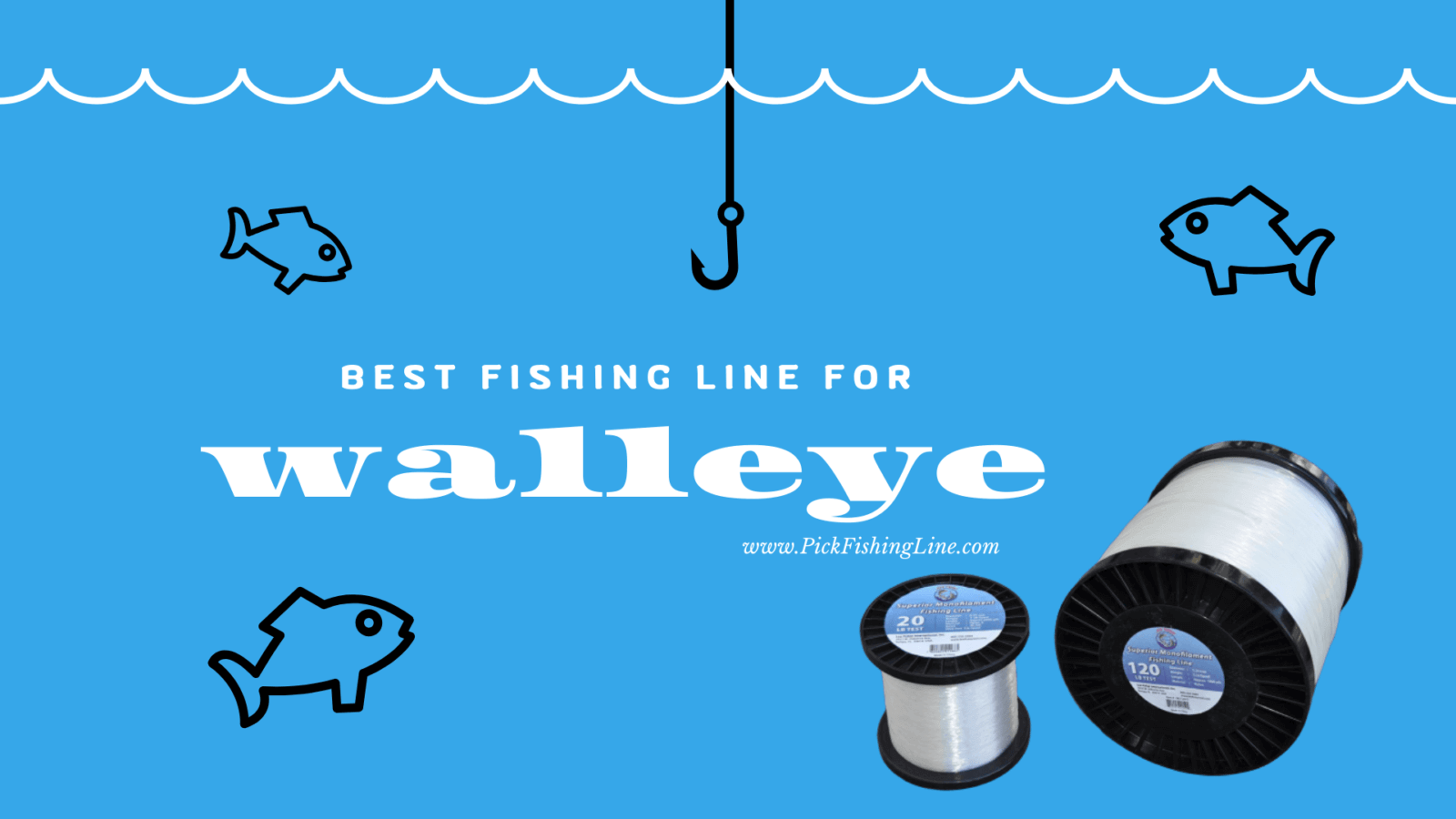Burcufilm.com brings to life captivating stories that resonate through the art of cinema. The world of film is not just about entertainment; it is a powerful medium that captures emotions, conveys messages, and reflects the human experience. As viewers, we are often drawn into narratives that transport us to different times and places, allowing us to experience adventures, joys, and even sorrows vicariously. Each film is a unique expression of creativity, showcasing the talent of writers, directors, and actors who work tirelessly to craft stories that leave a lasting impact on audiences.
Through the lens of Burcufilm.com, one can appreciate the intricate details that go into filmmaking. From the screenplay to the final edit, every element plays a crucial role in shaping the viewer’s experience. The rich tapestry of visual storytelling not only entertains but also educates and inspires. Audiences are encouraged to dive deeper into the themes and characters presented on screen, fostering a greater understanding of the world around them. The artistry of film is limitless, and platforms like Burcufilm.com celebrate the diverse narratives that can be told, connecting people through shared experiences and emotions.
Influence of Cinema on Human Feelings
Cinema has a profound impact on human emotions, allowing viewers to experience a wide range of feelings through storytelling and visual artistry. Films can evoke joy, sadness, fear, and excitement, all within a few hs. The ability of cinema to connect with audiences on an emotional level is what makes it a powerful medium. Through engaging narratives and relatable characters, films tap into universal human experiences, creating a shared bond among viewers. The emotional response elicited by cinema is not just a fleeting sensation; it can influence moods, attitudes, and even cultural perceptions.
Connection Between Film and Real-Life Experiences
Films often mirror real-life experiences, allowing audiences to see reflections of their own lives on screen. This connection can help individuals process their feelings and understand their situations better. By portraying struggles, triumphs, and relationships, cinema enables viewers to relate to characters in ways that resonate with their own experiences. This connection can lead to greater empathy and understanding among diverse audiences. Movies can serve as a safe space for exploring complex emotions, providing comfort and validation.
Emotional Resonance in Storytelling
Storytelling is at the heart of cinema, and the emotions conveyed through narratives are what captivate audiences. A well-crafted story can create deep emotional connections, drawing viewers into the lives of characters. The way a story unfolds, combined with the performances of actors, can resonate powerfully. Emotional highs and lows in films can evoke tears, laughter, or even anger, allowing viewers to experience a spectrum of emotions. This engagement is what keeps audiences coming back for more, as they seek to relive those feelings.
Case Studies of Memorable Films
Several films have left a lasting impact on viewers, demonstrating the power of emotional storytelling. For example:
- The Pursuit of Happyness – This film showcases the struggles of a father trying to provide for his son, eliciting feelings of hope and resilience.
- Titanic – The love story intertwined with tragedy draws deep emotional responses, leaving audiences both heartbroken and inspired.
- Inside Out – By personifying emotions, this animated film helps viewers understand the complexity of feelings, resonating with audiences of all ages.
Viewer Reactions to Different Genres
Different film genres evoke varied emotional reactions. For instance:
- Comedy – Aims to elicit laughter, often providing relief and joy.
- Horror – Intends to instill fear and suspense, creating thrilling experiences.
- Drama – Focuses on emotional depth, often leading to reflective and poignant responses.
Creative Process in Filmmaking
The creative process behind filmmaking is crucial in shaping the emotional experience of a film. From initial concepts to final edits, every step is integral to the storytelling process. Filmmakers collaborate to bring their visions to life, ensuring that the emotional tone aligns with the narrative. This collaborative effort often involves various professionals who contribute their expertise to create a cohesive product. The synergy of different creative minds results in films that resonate with audiences worldwide.
Role of Screenwriters in Narrative Development
Screenwriters play a pivotal role in crafting the foundation of a film. Their words breathe life into characters and set the tone for the story. A well-written script not only outlines the plot but also establishes emotional arcs for characters. The dialogue, pacing, and conflicts all contribute to how viewers connect with the narrative. Screenwriters must balance creative expression with the practical aspects of filmmaking, ensuring that their stories translate effectively onto the screen.
Directorial Vision and Style
The director’s vision shapes the overall aesthetic and emotional impact of a film. Through choices in cinematography, pacing, and performance direction, directors influence how audiences perceive the story. A director’s unique style can elevate the narrative, creating memorable cinematic moments. For example, a director may use specific camera angles or lighting techniques to evoke particular emotions, enhancing the viewer’s experience and engagement with the film.
Importance of Cinematic Techniques
Cinematic techniques play a vital role in storytelling, enhancing the emotional resonance of a film. These techniques encompass visual elements, sound, and editing, all contributing to how a story is perceived. By employing these techniques skillfully, filmmakers can create immersive experiences that deeply affect audiences. The combination of these elements can turn a simple story into a powerful emotional jney.
Visual Storytelling and Audience Engagement
Visual storytelling is a key component of cinema, as images can communicate emotions more effectively than words alone. Through composition, color palettes, and visual metaphors, filmmakers can express complex ideas and sentiments. Engaging visuals capture attention and draw viewers into the narrative, making them feel part of the story. The artistry of visual storytelling allows films to transcend language barriers, resonating with diverse audiences.
Sound Design and Its Emotional Impact
Sound design significantly influences how audiences perceive a film. The use of music, sound effects, and silence can evoke specific emotions and enhance the atmosphere. A powerful score can amplify feelings of tension, joy, or sadness, reinforcing the narrative. Sound design is not merely an addition to visuals; it is an integral part of storytelling that shapes the viewer’s emotional jney. Effective soundscapes can transport audiences into the heart of the film, making them feel the weight of each moment.
Influence of Film on Cultural Perspectives
Films often reflect and shape cultural perspectives, serving as a lens through which society views itself. By portraying diverse narratives, cinema can challenge stereotypes and promote understanding among different groups. Films can spark conversations about important social issues, encaging viewers to reflect on their beliefs and values. As a medium that reaches wide audiences, cinema has the power to influence societal attitudes and foster empathy across cultures.
Portrayal of Diverse Narratives
Inclusion of diverse narratives in cinema is essential for representing the richness of human experience. Films that feature varied cultural backgrounds and viewpoints can broaden audience perspectives. These portrayals can challenge preconceived notions and highlight the importance of inclusivity. By showcasing stories from different cultures, filmmakers can foster appreciation for diversity and encage dialogue among viewers.
Films as a Reflection of Society
Cinema often acts as a mirror to society, reflecting current events, social issues, and cultural trends. Through storytelling, filmmakers provide commentary on the world around them, encaging audiences to engage with pressing topics. Films can capture the zeitgeist of an era, making them relevant and relatable to viewers. This reflection helps to raise awareness and inspire change, as audiences connect with the stories portrayed on screen.
Frequently Asked Questions
This section provides answers to common inquiries about Burcufilm.com and its dedication to cinematic storytelling. Here, users can find valuable insights into the art of film, its impact on society, and how Burcufilm.com enhances the viewing experience through its curated content.
What types of films are featured on Burcufilm.com?
Burcufilm.com showcases a diverse array of films, from independent projects to mainstream cinema. The platform highlights various genres, including drama, documentary, and animation, ensuring that audiences can explore a wide spectrum of storytelling. Each film is carefully selected for its artistic merit and ability to resonate with viewers.
How does Burcufilm.com enhance the viewer’s experience?
The platform enriches the viewer’s experience by providing in-depth analyses and discussions surrounding films. By exploring themes, character development, and cinematic techniques, Burcufilm.com encourages audiences to engage critically with the stories presented. This deeper understanding fosters appreciation for the artistry involved in filmmaking and the emotions conveyed through visual narratives.
Can I submit my film to Burcufilm.com?
While direct submissions may not be accepted, filmmakers are encouraged to share their work with the broader community. Engaging with the platform’s content by discussing themes or insights from their films can lead to connections and recognition within the cinematic landscape celebrated by Burcufilm.com.
What makes storytelling through film unique?
Film uniquely combines visual art, music, and narrative to evoke emotions and convey messages. This multi-sensory experience allows viewers to connect deeply with characters and themes. The immersive nature of cinema transports audiences to different realities, making film a powerful medium for sharing diverse human experiences and stories.
Why is film considered a reflection of society?
Film often mirrors societal values, struggles, and triumphs, providing commentary on cultural and political issues. Through storytelling, filmmakers capture the zeitgeist of their time, allowing audiences to reflect on their own experiences. This connection between film and society highlights the role of cinema as a catalyst for discussion and understanding.
How does Burcufilm.com promote film education?
Burcufilm.com promotes film education by offering insights into the filmmaking process and the elements that contribute to effective storytelling. By analyzing films and discussing their impact, the platform encourages audiences to appreciate the craft behind cinema, fostering a more informed and engaged viewer base that values the artistry of film.






